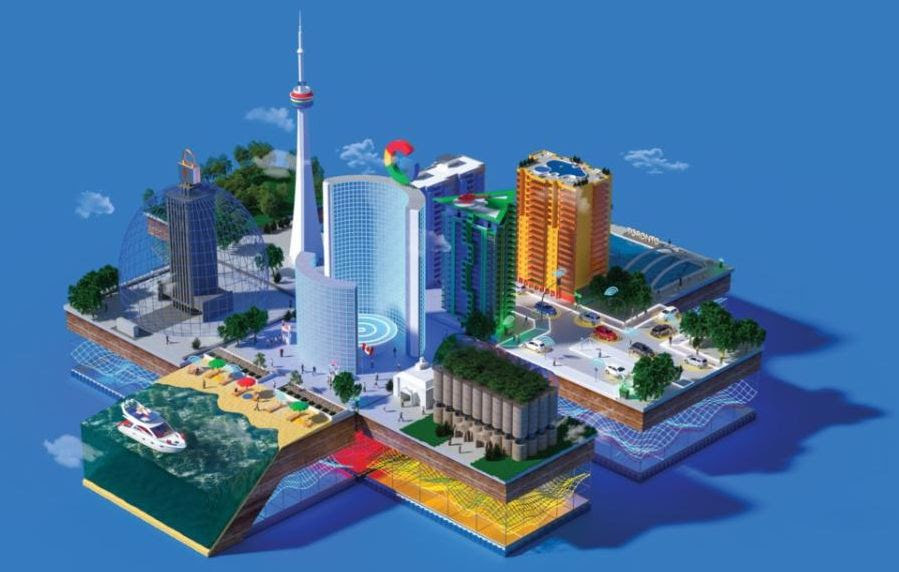Not long ago, Scientific American magazine devoted an entire issue to the idea that cities are the future for humankind, entitled "The Efficient City." The images celebrated a modern high-density city with gleaming multistory buildings interspersed with green spaces and clean streets with little traffic along with solar power, high efficiency windows, carbon sequestering concrete, green roofs, vertical farms, autonomous taxis, underground smart parking, irrigation systems controlled by satellites, sewage sludge incineration....
But real-world externalities are missing from this futuristic view. Traffic. Poverty. Disposables from mass consumption. Various forms of pollution. Indeed, today's cities consume about 75% of global primary energy and emit about 55% of the world's total greenhouse gases. And yet the world races toward city life - there are currently 47 megacities in the world (defined as cities with at least 10 million people; 31 are in Asia) - and the trend toward urbanization is expected to continue at a dizzying pace.
This begs a number of questions, such as: Are cities truly resource efficient? For whom? And, can the development of future cities keep pace with the influx of new people?
This issue of Energy Today considers the sustainability of cities from all angles - their unquestioned benefits, their excesses, and their future
But real-world externalities are missing from this futuristic view. Traffic. Poverty. Disposables from mass consumption. Various forms of pollution. Indeed, today's cities consume about 75% of global primary energy and emit about 55% of the world's total greenhouse gases. And yet the world races toward city life - there are currently 47 megacities in the world (defined as cities with at least 10 million people; 31 are in Asia) - and the trend toward urbanization is expected to continue at a dizzying pace.
This begs a number of questions, such as: Are cities truly resource efficient? For whom? And, can the development of future cities keep pace with the influx of new people?
This issue of Energy Today considers the sustainability of cities from all angles - their unquestioned benefits, their excesses, and their future
|
The Emerging Circular Economy
by Elsa Wenzel To address some of the inefficiencies of the global move toward urbanization, a new movement is taking hold - the circular economy. With some hope and a lot of hype, advocates of "circularity" see unlimited potential to re-invent cities in a manner that ultimately creates no waste and even regenerates natural systems. See also: One Belt, One Road, No Plan
|
|
The Myth of the Sustainable City
by John W. Day and Charles Hall Responding to urbanization evangelists, this article takes a closer look at challenges for urban areas, especially very large ones in both the developed and developing world. |
|
How Cities Can Become More Resilient
by Veronica Scotti The world is moving into cities – and far more rapidly than ever before. What's driving global urbanization? Opportunity and technology. But the benefits come with unavoidable risks too. This article takes a practical look at the impact of urbanization on society and considers a few realistic solutions. See also: Gone
|
|
Prosperity For One Michigan Town, Disaster for Another
by Bryan Gruley and David Welch The scale of today's urbanization is unprecedented in human history. But not everyone will benefit. This article offers a human look at one consequence of urbanization that is often ignored: competition between neighboring cities caught in the cross fire of a global transformation. Editor's Note: Every issue of Energy Today features at least one article providing new perspectives from the humanities. |
|
US Cities Boost Sustainability Efforts But Few On Track To Meet Goals
by Casey Skeen US cities are ramping up sustainability efforts; this article offers an analytical assessment of their progress. Summary: only a few cities appear on track to meet their community-wide climate goals. |
News from the Society
|
The Editors of Energy Today welcome submissions of original articles for publication consideration. Please contact the editorial staff by email with questions or attach the proposed article as a Word document.
|














